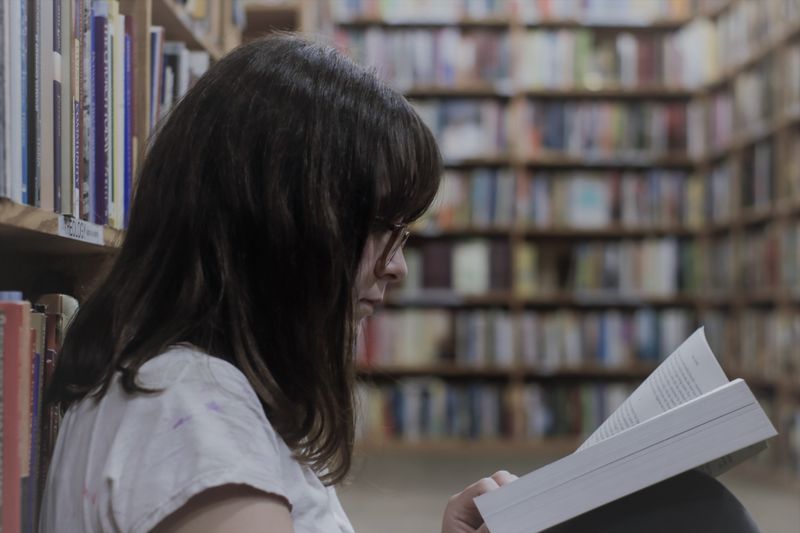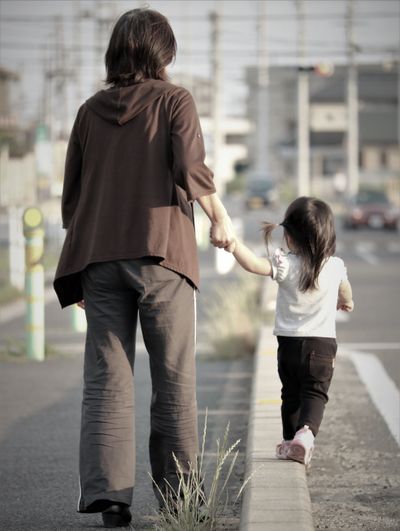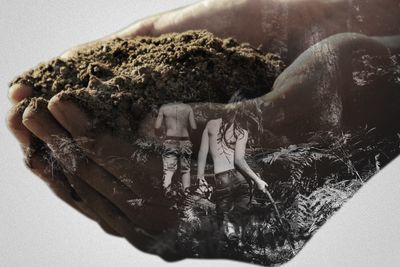It is believed that previous to first contact and colonization that North and South America had more than 300 000 indigenous languages. That isn't the case in the here and now. With diminishing Indigenous populations, and the endeavors by the government to indoctrinate Indigenous people, there are even lesser speakers. In Canada, there are just 70 Indigenous languages spoken, most only as a second language. The precarious state of numerous of Canada’s original languages is well substantiated. The UNESCO Atlas of the World’s Languages in Danger project reports that three-quarters of the nation’s Indigenous languages are “severely” or “critically” compromised. The rest are categorized as “vulnerable/ unsafe.” Today, only Cree, Inuktitut, and Ojibwa are thought to possess enough speakers to be sustained indefinitely. In recent decades, the revitalization of Indigenous languages has been associated as a human right, and the Canadian government has received Calls to Action to remedy the colonial damages caused to Indigenous languages. Residential schools disassociated languages across generations, while the reserve system and other social programs divided communities from others with participated languages and traditions. The fate includes ongoing, expansive language loss and detriment to culture, personal identity, and community health. To address the legacy of residential schools and progress the process of Canadian reconciliation, the Truth and Reconciliation Commission put forth 94 Calls to Action. Of these, six are especial to language and culture. They range from asking the federal government to acknowledge that Aboriginal rights include Aboriginal language rights to calling upon post-secondary institutions to bring about university and college degree and diploma programs in Aboriginal languages.
While in multiple places there has been less speaking of languages from one generation to the next, the recognition of this actuality has led to numerous efforts by Indigenous people to rejuvenate and sustain their languages. Canada, and generally North America, represent a largely complicated linguistic region, with multitudinous languages and great linguistic diversity. Of Canada’s approximately1.5 million Indigenous people, just 15 percent speak their heritage languages at home. Language revitalization efforts in Canada are very much underfunded. Living in an area with high attention of speakers may support language accession and use. Yet further than half of the Indigenous people now live in urban areas of larger cities. This means language support is needed in every place in Canada, not only in on-reserve communities. The self-identities lives and futures of Indigenous People have been immeasurably affected by the forced disposition of their language. Indigenous languages are part of the shared history and national heritage of all Canadians.
Language is the establishment of culture. For Indigenous oral societies, words hold knowledge collected for millennia. A language also holds the traditional stories, songs, dances, protocols, ceremonies, family histories, and connections. When a language dies consequently does the link to the cultural and historical history. Without that pivotal connection to their verbal and artistic history, people lose their sense of identity and belonging. Efforts to save and revitalize Indigenous languages are a race against time as fluent speakers pass on. There are actions and developments underway to preserve and revitalize some Indigenous languages. Numerous indigenous communities have already introduced their own systems of revitalizing their languages.
After times of advocacy by First Nations, the Government of Canada now has an enacted commitment to esteeming Indigenous languages. The aspiration of the Indigenous Languages Act is to enable the exercise of Indigenous language rights by creating legal assuredness for adequate, sustainable, and long-term funding and support for Indigenous-led initiatives to reclaim, revitalize, maintain, and strengthen Indigenous languages. The Assembly of First Nations is working to spread the word about the importance of First Nations language education and revitalization and has put together a guide of individuals, First Nations, language experts, and language entities (organizations) looking to start, or are already involved in, Indigenous-led language revivification conditioning. Given that language is a critical building block of culture, and Indigenous societies are some of the strongest models humanity has seen for how to live in harmony with the earth and each other, we cannot afford this immense loss of the linguistics of the Indigenous people. Indigenous languages partly developed as Indigenous peoples’ relationship to their living environment grew and changed, a process that continues. Indigenous languages are consequently a living archive, historical vessels that are foundational to the identity of Indigenous peoples.
Education needs to be a central part of any language revitalization plan; studies around the world indicate that schools and immersion initiatives play a central role in the revitalization of Indigenous languages. Canada as a country should likewise have to consider its position and responsibility in the restoration of Indigenous languages. It was the government of the emerging country that forced out the use if these languages because they were seen as primitive and not part of the Christian faith. Languages are important. There have not been many actions from the federal government in terms of Indigenous languages other than naming the language as a right in the constitution. Language is important to society and culture. It is a way for Indigenous people to hold onto their roots in this modern western world.






